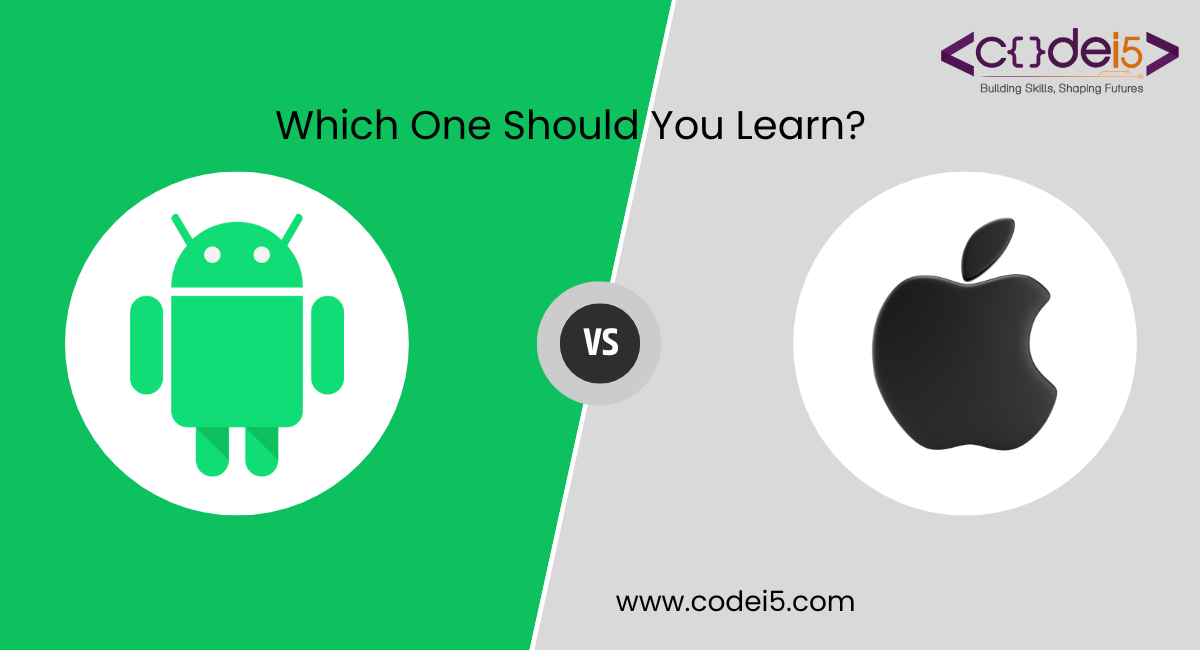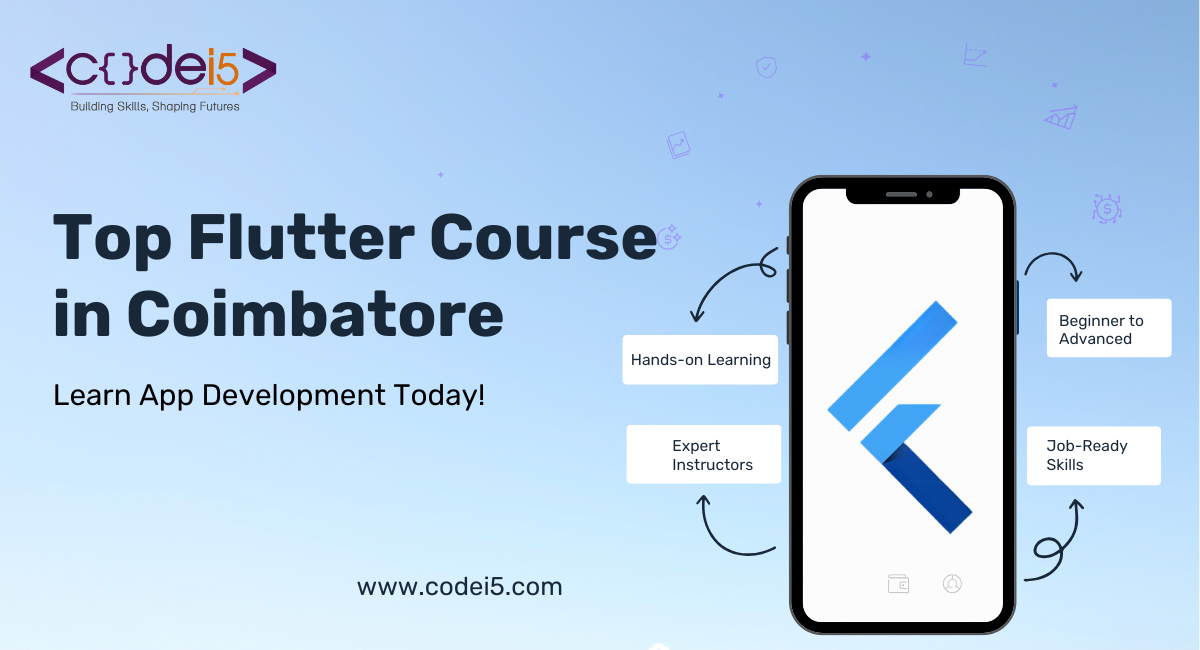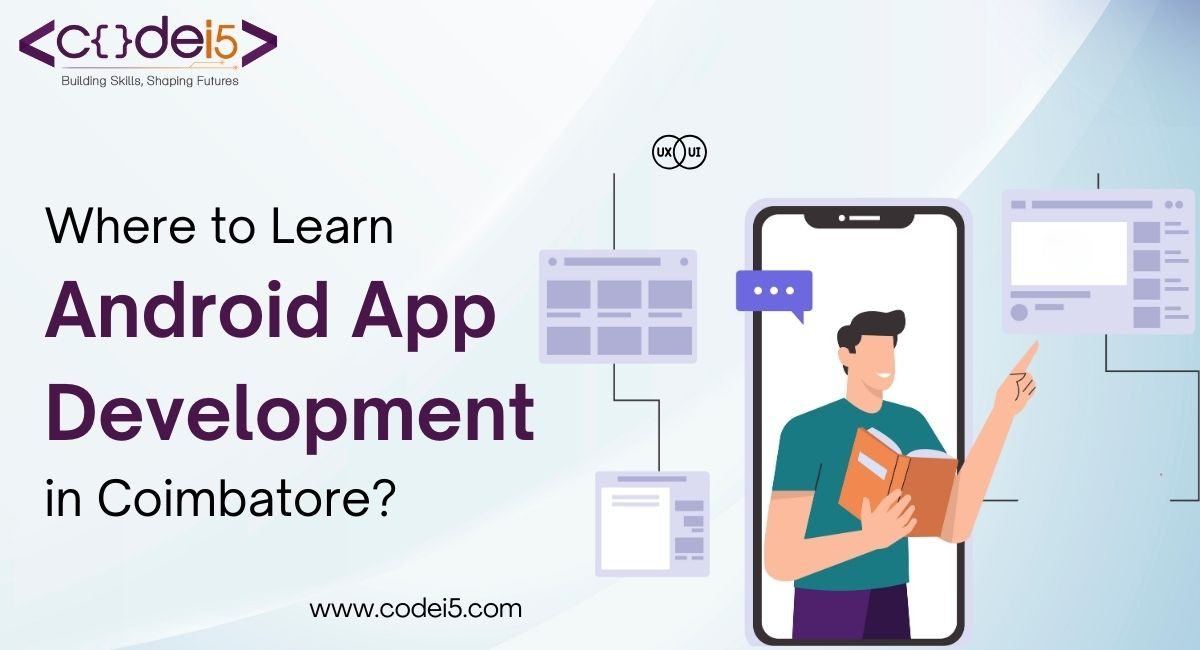How to Learn Full Stack Development in 2025: Tips for New Graduates

Introduction: Why Full Stack Development?
What is Full Stack Development?
Full Stack Development means working on both parts of a website or app:
- Front-end is what users see and click on (like buttons and design).
- Back-end is what makes everything work behind the scenes (like servers and databases).
A Full Stack Developer can build both the front and back parts of an app or website.
Why It’s a Great Career Choi
Why Full Stack Development in 2025 is a Great Career Choice
- Lots of Job Opportunities
Many companies need Full Stack Developers because they can do both front and back-end work. - You Can Do More
With Full Stack Development, you control the entire project, from how it looks to how it works, giving you more freedom and responsibility. - Good Pay
Full Stack Developers are paid well because their skills are in high demand. - Plenty of Room to Grow
As technology evolves, Full Stack Development in 2025 will continue to change. New tools and frameworks will emerge, giving you the chance to keep learning and growing in your career. - Work on Cool Projects
You’ll get to create real apps and websites that people use every day.
Step 1: Learn the Basics
HTML, CSS, and JavaScript
These are the three main tools you’ll use to build websites:
- HTML (HyperText Markup Language): This is the foundation of a website. It’s what gives the structure, like headings, paragraphs, and images. Think of it like the bones of a website.
- CSS (Cascading Style Sheets): CSS is what makes your website look nice. It controls colors, fonts, spacing, and layout. Without CSS, websites would look plain and boring.
- JavaScript: JavaScript makes your website interactive. It adds things like buttons that do something when clicked, pop-up messages, or changing content without refreshing the page.
These three languages are the starting point. You need HTML for structure, CSS for design, and JavaScript to make it all work together.
Introduction to Git (Version Control)
As a Full Stack Developer in 2025, you’ll be writing a lot of code. Sometimes, things go wrong, or you’ll need to make changes. That’s where Git comes in.
- Git saves versions of your code, so if you mess something up, you can go back to an earlier version.
- GitHub is a website where you can upload your code, share it with others, and even work on projects together.
Step 2: Master Front-End Development (Full Stack Development in 2025)
Popular JavaScript Frameworks (React, Vue.js, Angular)
In Full Stack Development in 2025, you’ll need to learn JavaScript frameworks that help you build websites faster:
- React: A popular tool for making websites fast and interactive.
- Vue.js: A simple and flexible framework for smaller projects.
- Angular: A powerful framework for building larger apps.
These frameworks save time and help you create modern websites quickly.
Styling with CSS Frameworks (Bootstrap, Tailwind)
To make your website look good, you’ll use CSS frameworks that give you ready-made designs:
- Bootstrap: Offers pre-made buttons, grids, and layout styles.
- Tailwind: A flexible framework that lets you style directly in your HTML.
These tools help you style websites faster, making them look professional with less effort.
Basic Design Principles (UI/UX)
As a Full Stack Developer in 2025, you also need to know how to design websites that are easy to use and look good:
- UI (User Interface): This is how the website looks—buttons, colors, and layout.
- UX (User Experience): This is how users feel when using the website—how easy it is to navigate and interact with.
Learning UI/UX design will help you build websites that are both functional and enjoyable for users.
Step 3: Dive Into Back-End Development (Full Stack Development in 2025)
In Full Stack Development in 2025, the back-end is where your website or app gets its power. To build the server-side, you’ll learn Node.js and Express.js. Node.js allows you to run JavaScript on the server, making it faster and more scalable. Express.js is a tool that helps you build web apps with Node.js by handling requests, routing, and other essential tasks. You’ll also need to understand databases to store and manage data. There are two types: SQL databases (like MySQL) are great for structured data, while NoSQL databases (like MongoDB) are better for more flexible data. Lastly, security is crucial in the back-end. You’ll learn how to authenticate users (like with passwords) and control access to different parts of your app to keep it safe. Mastering these back-end skills will allow you to build powerful, secure applications in Full Stack Development in 2025.
Step 4: Connect Front-End and Back-End (Full Stack Development in 2025)
In Full Stack Development in 2025, connecting the front-end (what users see) with the back-end (where data is stored) is important. This is done using APIs. An API lets the front-end send data to the back-end and get data back. For example, when a user fills out a form, the front-end sends that info to the back-end, which processes it and sends back a response, like a confirmation. Learning how to use APIs is key to making your website or app work smoothly.
Step 5: Tools You Need to Know (Full Stack Development in 2025)
To become a skilled Full Stack Developer in 2025, you’ll need to learn some important tools that help you build, test, and deploy your applications.
JavaScript Build Tools
- Webpack: A tool that bundles your code and other resources (like images or CSS) into one or more files, making it easier to manage and faster to load on your website.
- Babel: A tool that lets you write modern JavaScript (like ES6+) and then converts it into older versions of JavaScript that work in all browsers.
These tools help improve the performance and compatibility of your web applications.
Introduction to Docker and Serverless
- Docker: A tool that lets you package your app and all its dependencies into a container. This makes it easy to run your app on any machine, anywhere, without worrying about setup issues.
- Serverless: A cloud computing model where you don’t have to manage servers. You can run your code without worrying about the infrastructure, which makes development faster and more scalable.
Step 6: Follow Best Practices (Full Stack Developer in 2025)
To be a great Full Stack Developer in 2025, you need to follow simple rules that help you write better code and work well with others.
Clean Code and Code Reviews
- Clean Code: Write code that’s easy to read and simple. This helps others (and yourself) understand it better.
- Code Reviews: Ask other developers to check your code. This helps find mistakes and makes your code better.
Agile Development and Collaboration
- Agile Development: Work in small, quick steps (called sprints) to build your project. This helps you stay flexible and make changes easily.
- Collaboration: As a Full Stack Developer in 2025, working with your team is important. You’ll often work with designers and back-end developers to build the project together.
Testing Your Code
- Testing: Always test your code to make sure it works correctly. This helps catch problems early and makes your app more reliable.
By following these simple practices, you’ll be a better Full Stack Developer in 2025, writing cleaner code and building better web apps.
Step 7: Build Real Projects (Full Stack Developer in 2025)
To become a skilled Full Stack Developer in 2025, start building real projects. Begin with personal projects to apply what you’ve learned and solve real problems. Create a portfolio to showcase your best work to potential employers or clients. Finally, contribute to open-source projects—this allows you to work on bigger projects, collaborate with others, and gain valuable experience. Building these projects will help you improve your skills, build your reputation, and prepare for a successful career in full stack development.
Step 8: Finding a Job and Growing Your Career
To land a job as a Full Stack Developer in 2025, start by applying to positions with your portfolio and experience from personal projects. Network with other developers through events, online communities, or social media like LinkedIn. Keep learning new skills, stay updated on trends, and work on real projects to grow your experience. As you gain more skills and confidence, you can aim for higher positions, like becoming a lead developer or specializing in a specific technology. Constant learning and building your network will help you grow in your career.
Conclusion
Becoming a Full Stack Developer in 2025 is an exciting journey where you’ll learn both front-end and back-end skills, build real projects, and continuously improve. With practice and dedication, you can create a strong portfolio, contribute to open-source projects, and find job opportunities. If you’re looking for a clear path to start your learning, Codei5 Academy offers courses that will help you gain the skills you need to succeed as a Full Stack Developer. Keep learning, building, and growing, and you’ll be ready for a successful career in tech!







